As the refurbished Hayward Gallery reopens at the end of January, its director, Ralph Rugoff, explains what the brutalist building offers artists – and audiences – who are willing to venture beyond the white cube.
What has the refurbishment involved?
Replacing the roof was a necessity. The old roof had been leaking for years and it wasn’t fixable. The roof lights had been damaged in a series of strange actions by the gallery in the past – they’d been painted over a few times. And the Hayward had this horrible drop Plexiglas ceiling – very institutional – with big air-circulation units in it. So we wanted to restore the height that the drop ceiling had taken away and we wanted to fulfil the original idea that there was natural light in the gallery, which is something Henry Moore had insisted on as an advisor to the Arts Council, but the original architects didn’t want it. Natural light – full spectrum light for us to look at things in – is really important. Homeostasis puts our minds to sleep. If you’re walking from room to room and the light is exactly the same, your brain is getting a signal that it doesn’t have to pay attention.
In recent years the Hayward has been particularly associated with ambitious group shows. Why are you choosing to reopen with a solo show by Andreas Gursky?
Some of our best shows have been monographic exhibitions – our last was Carsten Höller. But the Hayward also has a history of doing major thematic group shows and we’ve definitely done that since I’ve been here. There’s something about the building, which has a very open design, that lends itself to group shows, because the rooms are really connected and you can often see from one gallery forwards or backwards into the next. And there are different ways of travelling from one gallery to another. It’s actually really difficult to organise a show at the Hayward that’s chronological and linear.
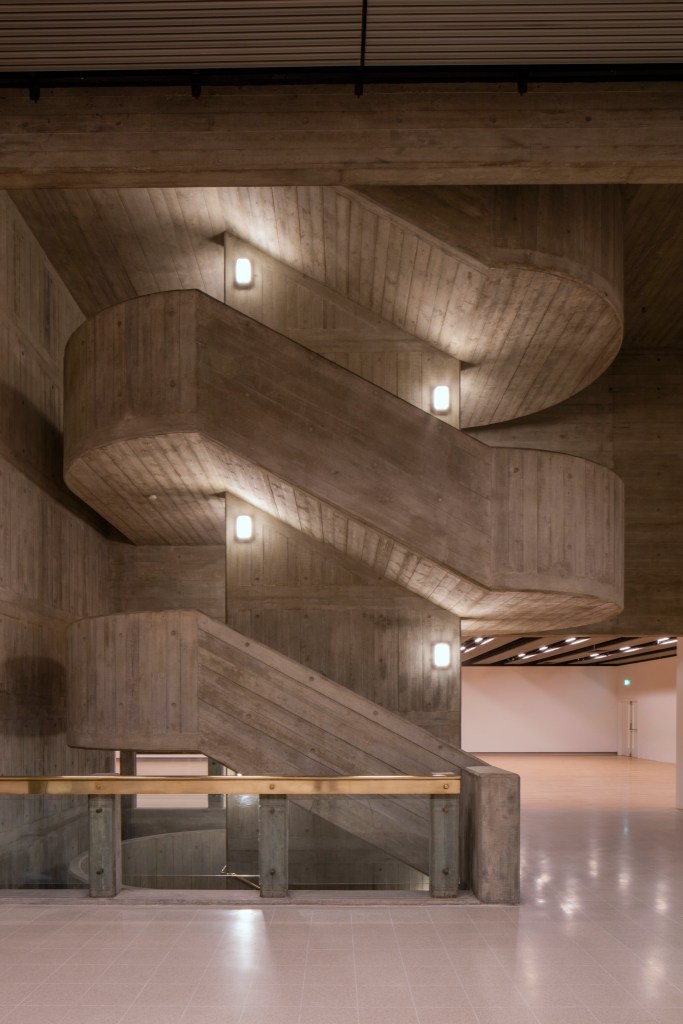
Interior staircase of the Hayward Gallery, London, designed by the GLC Department of Architecture and Civic Design and completed in 1968. Photo: Morley von Sternberg
Is that another way of saying that the Hayward is a very difficult space for showing art?
Well, it depends on what you want to do. If you’re fighting against it, and you want to do a linear show, you have to distort the architecture. Sometimes we do that, but the one thing I’ve learned over the years is that the building functions much better if you don’t resist it too much. The spirit of the mid ’60s, when the building was designed, is really embedded in this architecture – the idea that there isn’t one route; that everyone should be making their own choices about how they go through something.
That spirit is also in the outdoor spaces of the Hayward. Nobody else in London has sculpture terraces; we have three big ones. We’ve used them in all of our summer shows and that came from this idea that the gallery shouldn’t end at the walls around it; it should be open to the public; it should be outward reaching. Even the idea of roof lights [derives from] that sense that you don’t want to feel like you’re in an impermeable fortress, that you’re in something closed off from the world. You’re in a space that’s connected to the world. The Hayward was one of the first galleries for modern and contemporary art that articulated this kind of programme, which has now in the last 10 years become the new rule for designing museums.
Why did the idea of opening with Andreas Gursky appeal to you?
He’s been a really important artistic innovator for the last 30 years. He’s created a whole different idea of what a photograph might be and what an image might be.
I think the Hayward loves to champion innovative artists who make up their own language – who change the language – because that’s what the building did; it really changed the language of museums and galleries. But, also, Andreas has only made 240 photographs in the last 40 years. That’s a little over five a year. Every day a billion photographs are uploaded on the internet, and here’s a guy who’s taken the opposite approach to the moment we live in.
The very interesting thing is that he maintains an artist’s proof of every work he’s made, but he specifies that the artist’s proof is of variable dimensions so he can print it out at any size he wants and he’s constantly experimenting with it. So there will be about 15 smaller works in the show and probably no more than 60 altogether.
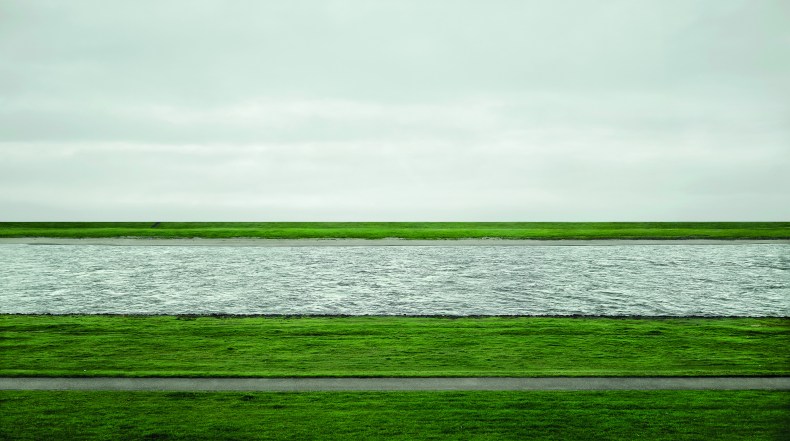
Rhine II (1999/2015), Andreas Gursky. Courtesy Sprüth Magers; ©Andreas Gursky/DACS, 2017
It’s also the 50th anniversary of the Hayward Gallery this year. How will
you be marking it?
The whole 50th year programme in one way or another has an undercurrent of dealing with the architecture of the Hayward. Lee Bul, who will be the summer exhibition, is really fascinated by modernist architecture and by utopian architecture and she loves this building. She’s making a work that
will break over the outside of the building.
The autumn show is a group exhibition that’s looking at work from the late ’60s to the present: sculpture that directly addresses the space around it. Again, that show is a love letter to the Hayward.
What role does the Hayward play in the contemporary art scene in London? And what does it offer artists that other galleries can’t?
In London I think the Hayward is really the most substantial Kunsthalle. It’s not a museum; we don’t have a permanent collection that you can go and see, but in terms of mounting a single exhibition – temporary exhibitions – which is what we do, we have the largest space. I’m sure there are painters and photographers who only want their work shown in a white cube space, because it isolates it very clearly from everything else, but the artists we
end up working with relish the chance to have architecture that they can respond to. A lot of new museum architecture that I see, even when the curatorial teams were advising the architect, ends up being really generic because that will be flexible. The Hayward’s flexible, but every room
is really different.
And what does that mean for audiences?
Antony Gormley said it very well when he said that the Hayward works as a concentrator of experience: you go through those doors and you’re in this concrete vault and the only thing that’s on is the show. You don’t have to pass through five different floors of permanent collections and shops and escalators. You come in and have this really intense experience and the architecture is constantly reminding you that you’re in a real building. You can look out of the windows and see the city. Obviously that’s something we share with the other Kunsthalles in town; I just think the scale of the Hayward sets us apart.
‘Andreas Gursky’ is at the Hayward Gallery, London, from 25 January
to 22 April.
From the January 2018 issue of Apollo. Preview and subscribe here.
Unlimited access from just $16 every 3 months
Subscribe to get unlimited and exclusive access to the top art stories, interviews and exhibition reviews.

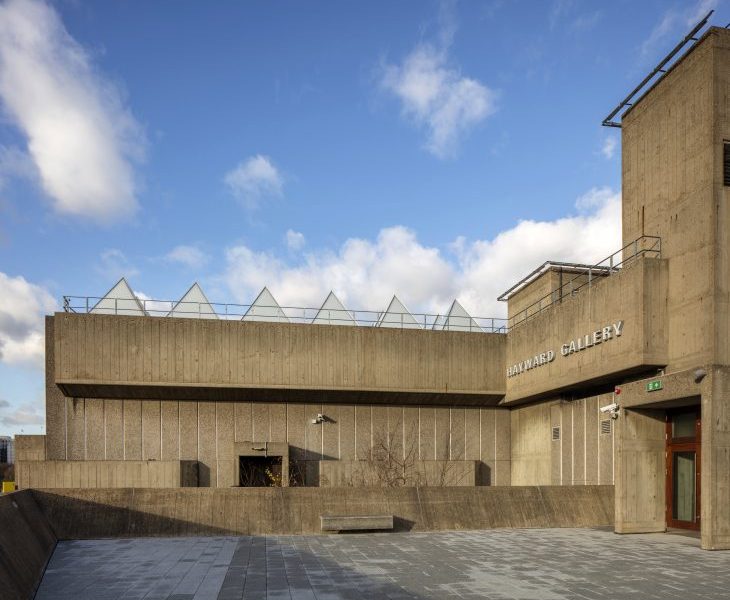

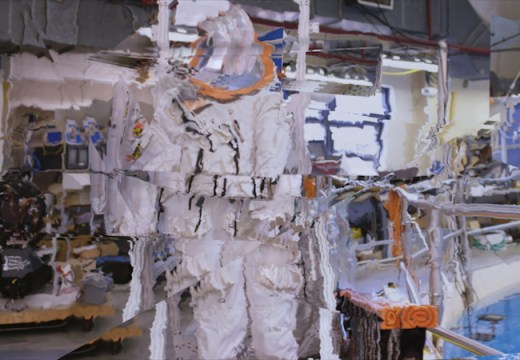
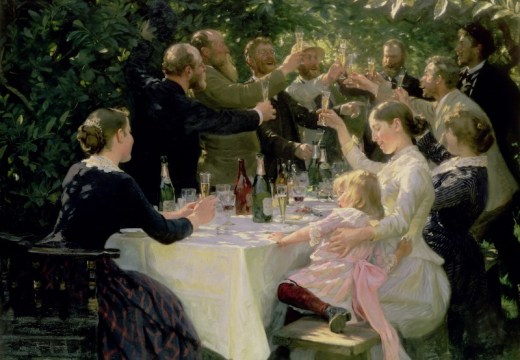









![Masterpiece [Re]discovery 2022. Photo: Ben Fisher Photography, courtesy of Masterpiece London](http://www.apollo-magazine.com/wp-content/uploads/2022/07/MPL2022_4263.jpg)
Has the Fitzwilliam got its rehang right?